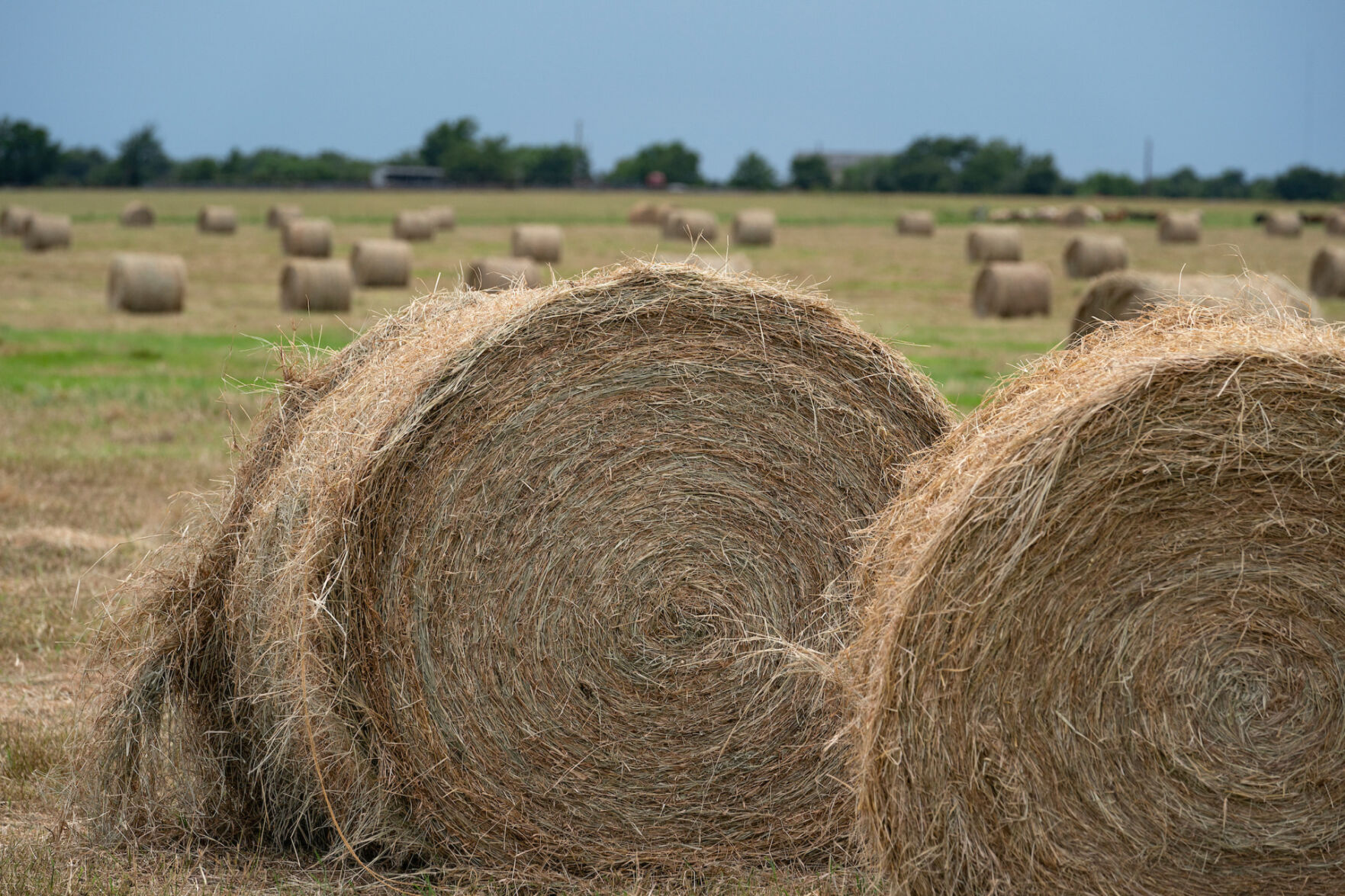State-By-State Hay Summary

Colorado—In the May 16 report, compared to the last report, trade activity and demand light. Stable hay sold mostly steady. Growers and buyers are beginning to contract new crop first cutting baled alfalfa in northeast Colorado. Growers are reducing old crop asking prices in an effort to limit carry over.
Missouri—In the May 16 report, compared to last report, the supply of hay is light to moderate; demand light and prices are steady to weak. Moisture continues to hamper planting and haying. Those wrapping higher moisture hay have been able to get some done but very little dry hay has gone up at this point.
Nebraska—In the May 16 report, compared to last report, all reported hay sales sold steady. Demand remains light but a few buyers continue to purchase some hay. Limited hay producers in the east laid some alfalfa on the ground this week. Few, dehydrated producers thinking they might start cutting end of this week or next week depending on the 10-day outlook on weather. Alfalfa weevils are plentiful this growing season with some damage starting to show up in the fields. Some talk the producers not spraying for weevils will try to sell there alfalfa as green chop. Per NASS, on their May crop production report hay stocks are at 950,000 tons up 79% from last year.
Oklahoma—In the May 10 report, compared to the last report, the demand and trade remain low. Several storms across Oklahoma have slowed down some hay trade as well as hay baling. Old-crop hay continues to move lower in price entering the new hay season. There are still barns full of old-crop hay that are trying to be sold and emptied for new-crop hay. Next report will be released May 24.
Texas—In the May 17 report, hay prices are mostly steady. Trading activity is moderate on moderate buyer demand. Supplemental livestock feeding is spotty in portions of the west, Panhandle, and Hill Country due to abnormally dry conditions. According to USDA-NASS, national hay inventories were at their lowest levels since the reporting began in 1974. However, Texas A&M Agrilife Extension stated that prospects for higher hay yields this season are being fueled by heavy rainfall across the central, south central and east Texas hay production regions. Coupled with warmer nighttime temperatures, these conditions have helped spark growth of warm-season forages used in hay production. Pricing on new crop hay still remains at last years higher price point so far, as hay producers are still facing high input costs and trying to determine if the rains will continue. Demand has also been somewhat limited as spring pastures are holding stocking rates in most regions in the meantime. Next report will be released May 31.
South Dakota—In the May 17 report, compared to last report, movement has increased this past week, demand is still slower than normal and most farmers are out of hay until they start harvesting, which should be in the next week. Demand is expected to pick up in when first crop is cut. Rain has been slowing farmers down from being able to start cutting first crop of hay.
New Mexico—In the May 17 report, compared to last report, hay sales are steady southern and western part of the state having their first cut down and baled demand is good. Alfalfa hay for the first cutting is 54% complete, southern part of the state are 1% into their second cutting. According to National Agricultural Statistics Service, New Mexico field office, May 12, hay and roughage supplies were reported as 40% very short, 53% short, and 7% adequate, compared with 32% very short, 58% short, and 10% adequate last week. Stock water supplies were reported as 64% very short, 23% short, and 13% adequate, compared with 56% very short, 27 percent short, 16% adequate, and 1% surplus last week.
Wyoming—In the May 16 report, compared to last week, all reported hay sold steady. Demand was very light . Few, cattlemen getting a load of hay to feed until they can go to summer grass. Per NASS, May 1, hay stocks totaled 515,000 tons and increase of 171 percent from the stocks on hand for the same period in 2023. Hay production for 2023 totaled 2.55 million tons, 6 percent higher than in 2022.
Montana—In the May 17 report, compared to last report, hay was too lightly tested to develop any market trend. Hay sales were very light this week following the most recent rain as buyers showed lighter demand for old crop hay. Hay supplies remain heavy as many producers have lots of carry over from last year. Many producers are carrying more than 1,500 to 5,000 tons, depending on the size of the operation, especially in central Montana. Locations from the rocky mountain front west missed the two most recent rain storms and conditions remain dry. Many are content to carry hay over into the next crop year and hope demand continues to improve as western conditions remain dry. Demand for straw is light as heavy straw supplies continue to be seen especially in the northern portion of the state.



